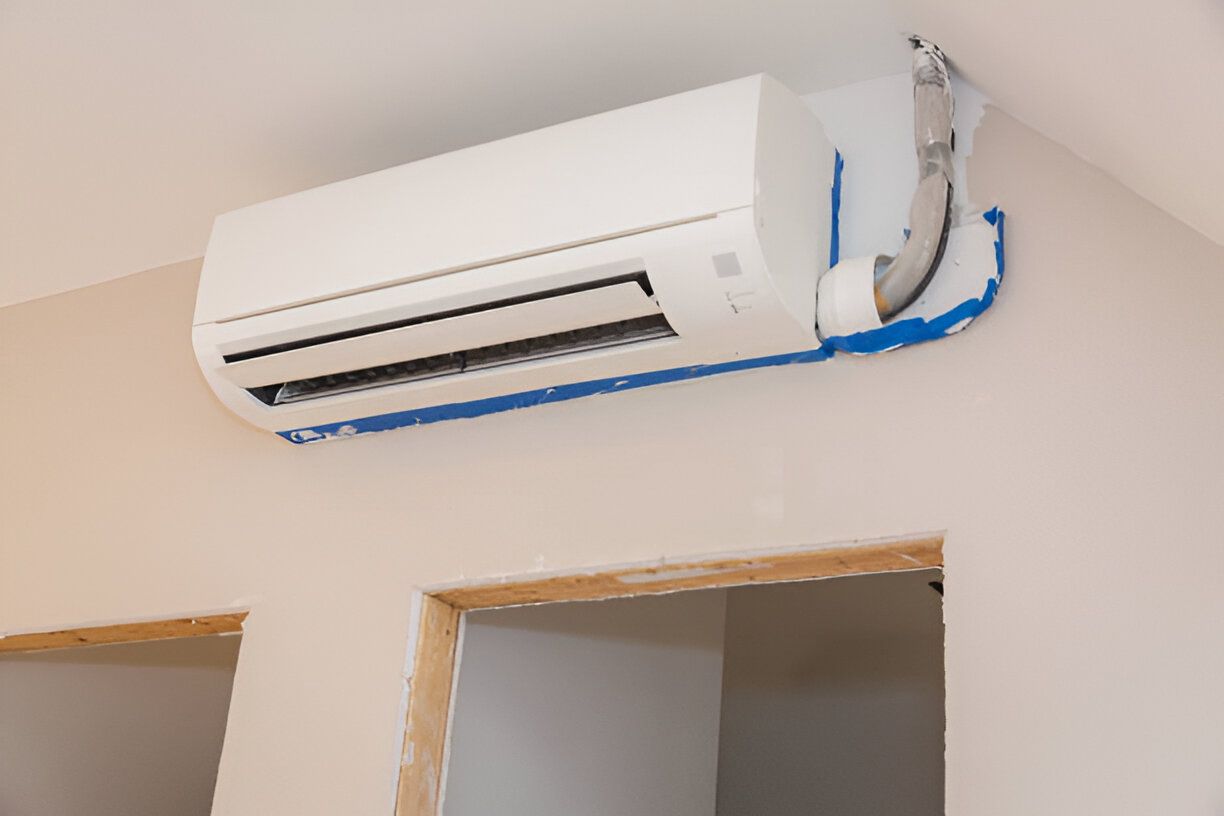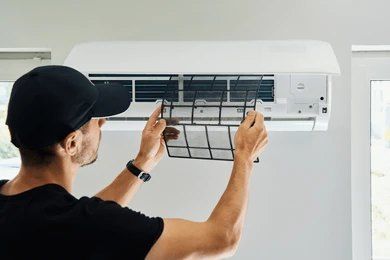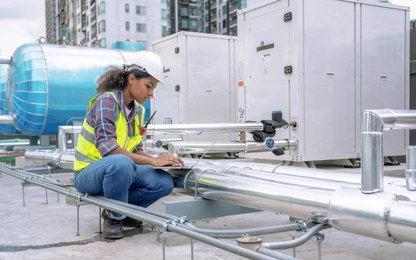The Importance of Annual Furnace Maintenance in Long Island
Why Is Annual Furnace Maintenance Essential?
Annual furnace maintenance is more than just a routine check-up; it’s an investment in your home’s comfort, safety, and energy efficiency. Here’s why it’s so important:
Improved Energy Efficiency
- Regular maintenance ensures that all components of your furnace are clean and functioning correctly. A well-maintained furnace uses less energy to heat your home, reducing utility bills.
- Over time, dust and debris can clog filters and vents, forcing your furnace to work harder. Professional cleaning and inspection keep your system running at peak efficiency.
Prolonged Lifespan
- Just like a car, your furnace needs regular care to perform well over time. Annual maintenance prevents wear and tear, extending the lifespan of your unit.
- Small issues, when addressed promptly, prevent costly breakdowns and premature replacements.
Enhanced Safety
- Furnaces burn fuel to produce heat, and without proper maintenance, there’s a risk of carbon monoxide leaks, which can be life-threatening.
- During a tune-up, technicians check for leaks, cracks, or other potential hazards to ensure your family’s safety.
Reduced Repairs and Emergencies
- Preventive maintenance catches minor issues before they escalate into major problems. This reduces the likelihood of unexpected furnace failures during peak winter months.
- It’s much more convenient and cost-effective to handle repairs during a scheduled tune-up than during an emergency.
Compliance with Warranty Requirements
- Many furnace manufacturers require proof of annual maintenance to honor their warranties. Skipping maintenance could void your coverage.
What Does an Annual Furnace Tune-Up Include?
When you schedule annual furnace maintenance with a professional HVAC service like Long Island HVAC Hero, here’s what you can typically expect:
Inspection of Furnace Components
- Technicians examine the burners, heat exchangers, filters, belts, and other components for wear and tear.
Cleaning and Lubrication
- Dust and debris are cleaned from critical parts, and moving components are lubricated to reduce friction.
Thermostat Calibration
- The thermostat is checked and adjusted to ensure it accurately controls the temperature.
Air Filter Replacement
- Dirty filters are replaced to improve airflow and air quality in your home.
Safety Checks
- Technicians test for gas leaks, carbon monoxide levels, and proper ventilation to ensure your system operates safely.
Performance Testing
- The furnace is tested to ensure it heats your home effectively and maintains consistent temperatures.
Benefits of Furnace Maintenance for Long Island Homeowners
Living in Long Island means facing harsh winters, making a reliable heating system essential. Here’s how annual maintenance benefits local homeowners:
Cost Savings
- Lower utility bills due to improved efficiency.
- Fewer repair costs and extended furnace lifespan reduce overall expenses.
Improved Indoor Air Quality
- Regular filter replacements and system cleanings reduce dust, allergens, and pollutants circulating in your home.
Consistent Comfort
- A well-maintained furnace provides even heating, eliminating cold spots and temperature fluctuations.
Environmental Impact
- Efficient furnaces use less energy, reducing your carbon footprint and contributing to a greener environment.
Internal Linking to Long Island HVAC Hero
If you’re looking for reliable furnace maintenance in Long Island, trust the experts at Long Island HVAC Hero. Their team of experienced technicians ensures your system runs efficiently, keeping your home warm and safe throughout the winter.
Conclusion
Annual furnace maintenance is a small step that yields significant benefits for Long Island homeowners. From energy efficiency and cost savings to enhanced safety and comfort, regular tune-ups ensure your heating system is prepared to face the coldest months. Don’t wait until your furnace breaks down to take action.
Schedule your maintenance with Long Island HVAC Hero today and enjoy a worry-free winter season. Their professional team is here to ensure your home stays warm, efficient, and safe. Make furnace maintenance an annual priority—your home and family deserve it!
FAQs About Furnace Maintenance
1. How often should I schedule furnace maintenance?
It’s recommended to schedule furnace maintenance once a year, preferably before the heating season begins in the fall.
2. How long does a furnace tune-up take?
A professional furnace tune-up typically takes 1-2 hours, depending on the system’s condition and complexity.
3. Can I perform furnace maintenance myself?
While homeowners can handle simple tasks like filter replacement, comprehensive maintenance should be performed by a licensed HVAC technician to ensure safety and thoroughness.
4. What are the signs that my furnace needs maintenance?
Common signs include uneven heating, strange noises, higher energy bills, and frequent cycling on and off.
5. How much does annual furnace maintenance cost?
The cost varies but typically ranges from $75 to $200. It’s a worthwhile investment considering the savings on energy bills and potential repairs.

Services
Service Areas
Nassau County
Suffolk County
Queens
Contact
CALL or TEXT
516-979-3833
Hicksville, Long Island, NY
© 2024 Long Island HVAC HERO | Long Island Web Design by Sound UP Marketing



